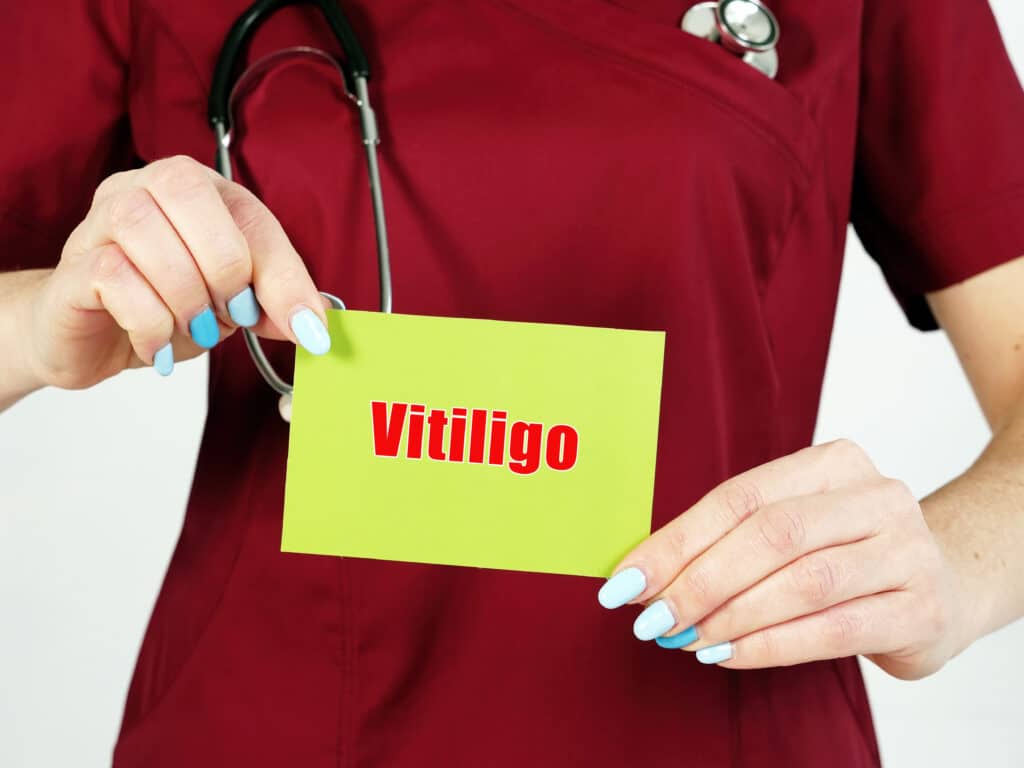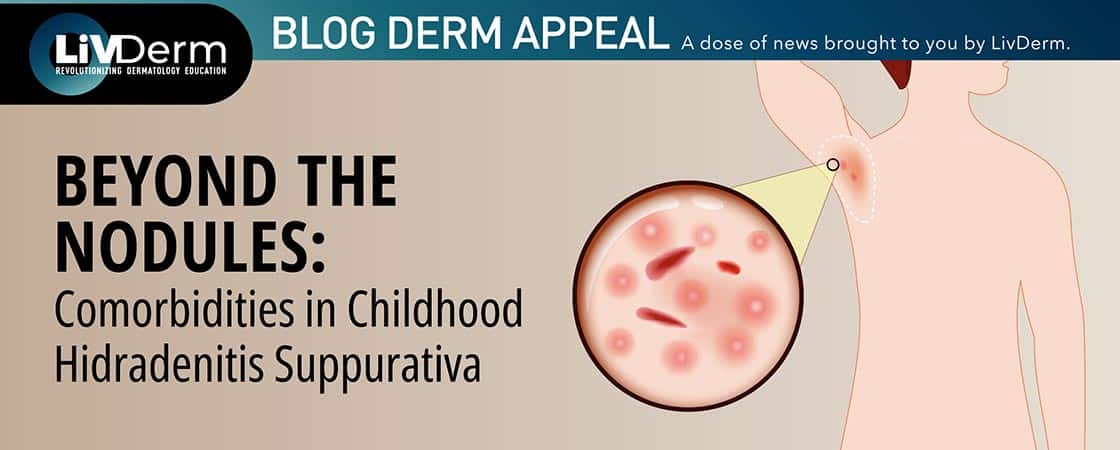The treatment and management of vitiligo can be challenging for both patients and their providers. Vitiligo carries a significant disease burden, both physically and mentally. Furthermore, due to the lack of an up-to-date international consensus for the use of particular therapies, many patients have faced inconsistent or inefficient treatment, leaving them in a continued state of social and emotional distress.

This is why the recent collaboration between 42 international vitiligo experts and four patient representatives is seen as a welcome breakthrough. The International Vitiligo Task Force (IVTF), a worldwide initiative spanning five continents, includes members of the Vitiligo Task Force (VTF), East Asian Vitiligo Association (EAVA), Global Vitiligo Foundation (GVF), Vitiligo International Patient Organisations Committee (VIPOC), and other international participants. Their work has led to the development of a consensus management strategy for vitiligo.
This consensus offers clear evidence-based guidelines for choosing between the various therapeutic options currently available for vitiligo treatment, providing insight into systemic and topical treatments, phototherapy, as well as more innovative approaches.
Below is an overview of the guidelines put forward by the IVTF.
Topical Therapies
Topical Corticosteroids (TCS)
- TCS are recommended for extrafacial locations and for more limited treatment areas.
- The risk of side effects of TCS can be reduced by putting in place an intermittent treatment scheme.
- TCS are considered safe for use in children if they are used continuously for no more than 2 to 4 months.
Topical Immunomodulators (TCIs and JAK Inhibitors)
Topical Calcineurin Inhibitors (TCI)
- TCIs are first-line treatment for both adults and children with limited involvement. This is especially true in cases involving lesions on the face, neck, and body folds with thin skin.
- TCIs are useful for younger patients.
- Combining TCIs with UV light can be considered optimal for repigmentation.
- It should be noted that TCIs are still considered an off-label prescription for vitiligo in all countries and therefore issues regarding costs, for example, need to be discussed with the patient.
Topical JAK-inhibitors
- Ruxolitinib (Opzelura) is the first treatment approved for the repigmentation of vitiligo and has shown significant promise with repigmentation.
Phototherapies
In considering phototherapy as a form of treatment, the decision to take part in either localized or total-body phototherapy is based on several factors including extent, feasibility, and lesion distribution.
NB-UVB
- NB-UVB is the preferred first-line therapy for widespread or rapidly progressive vitiligo. The early initiation of NB-UVB is encouraged, due to its ability to halt disease activity and induce repigmentation.
- To limit cumulative exposure risks in both children and adults, it is recommended that phototherapy be stopped if there is no improvement after 3 months or if there are unsatisfactory results after 6 months.
Photochemotherapy
- Oral PUVA is no longer recommended.
- Topical PUVA or topical PUVA SOL therapy is useful for localized lesions without systemic complications associated with oral psoralen.
Excimer devices
- Excimer laser and lamp treatments may be considered superior to NB-UVB. The treatment duration is shorter which can lead to improved patient compliance.
Home phototherapy
- Home phototherapy, although convenient, has high initial costs and patients may struggle with unfamiliarity.
Systemic Treatments
Oral Steroids and Immunosuppressants (including biologics)
Oral Steroid Minipulse (OMP) Therapy
- Oral mini-pulses of moderate doses of betamethasone or dexamethasone for the treatment of rapidly progressive vitiligo in order to stop disease progression. This should be considered after a careful review of the risks and benefits.
- Combined with UV exposure, OMP therapy may achieve a higher degree of repigmentation. However, the safety aspects of long-term treatment with steroids need to be discussed with the patient.
Other Immunomodulating Agents
- No biologics can currently be recommended for vitiligo.
- Systemic JAK inhibitors are promising, and their use can be considered when available and approved by regulatory agencies.
Other Systemic Interventions
- Although vitamins and antioxidants have been used alone or in combination with phototherapy with the aim of achieving stabilization and repigmentation of vitiligo lesions, differences in study variations mean there are no corroborating reports and therefore little or no consensus on their use for vitiligo.
Surgical interventions
- Surgery should be reserved for patients with SV and other localized and stabilized forms of vitiligo (non-segmental) after failure of medical interventions.
Depigmentation
- MBEH (p-benzyloxy-phenol, monobenzone) is the only topical depigmenting agent that is currently approved for vitiligo by the U.S. Food and Drug Administration.
- Cryotherapy and pigment lasers are both options for physical depigmentation therapies.
Innovative and Emergent Therapies
- Vitiligo patients should be encouraged to participate in the latest clinical trials to promote the development of new and more efficient therapies for vitiligo.
Concluding Remarks
These new international guidelines provide much-needed guidance to drive consistency in vitiligo care worldwide. The task force merges evidence and experience into actionable recommendations spanning the multidisciplinary interventions this complex condition demands. Additionally, the promise of emerging biologics offers further hope to patients living with this condition.
The experts conclude by stating, “Current therapeutic options for vitiligo are backed by substantial evidence. Although strategies that provide complete clearance will warrant further research, this should not discourage dermatologists and patients from treating vitiligo, as disease stabilization is within reach in most cases. To date, the odds of repigmentation remain primarily dependent on the involved body areas and grade of disease activity; therefore, early treatment is recommended. Options such as JAK inhibitors and research into other drugs that affect adaptive and innate immunity are exciting developments that continue to pave a promising way forward.”
Source:
- Seneschal, J., Speeckaert, R., Taïeb, A., et al. Worldwide expert recommendations for the diagnosis and management of vitiligo: Position statement from the international Vitiligo Task Force—Part 2: Specific treatment recommendations. Journal of the European Academy of Dermatology and Venereology, 37(11), 2185-2195.
















